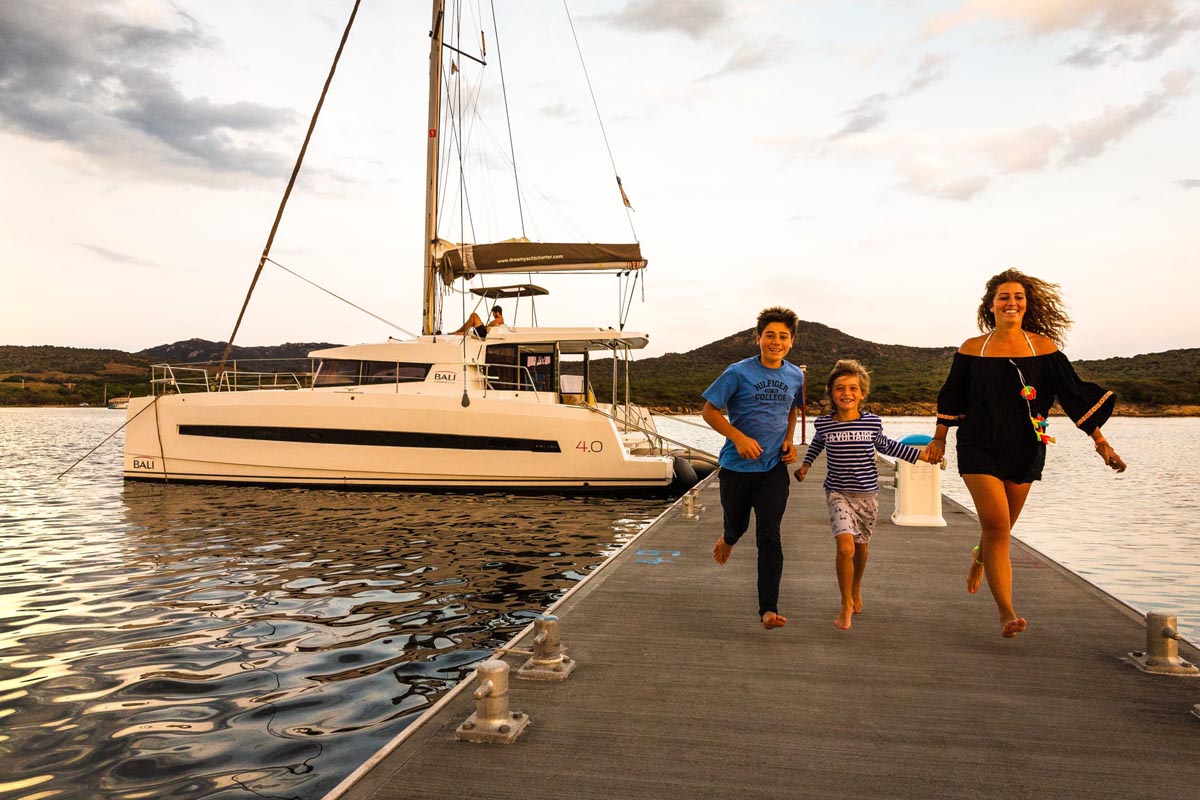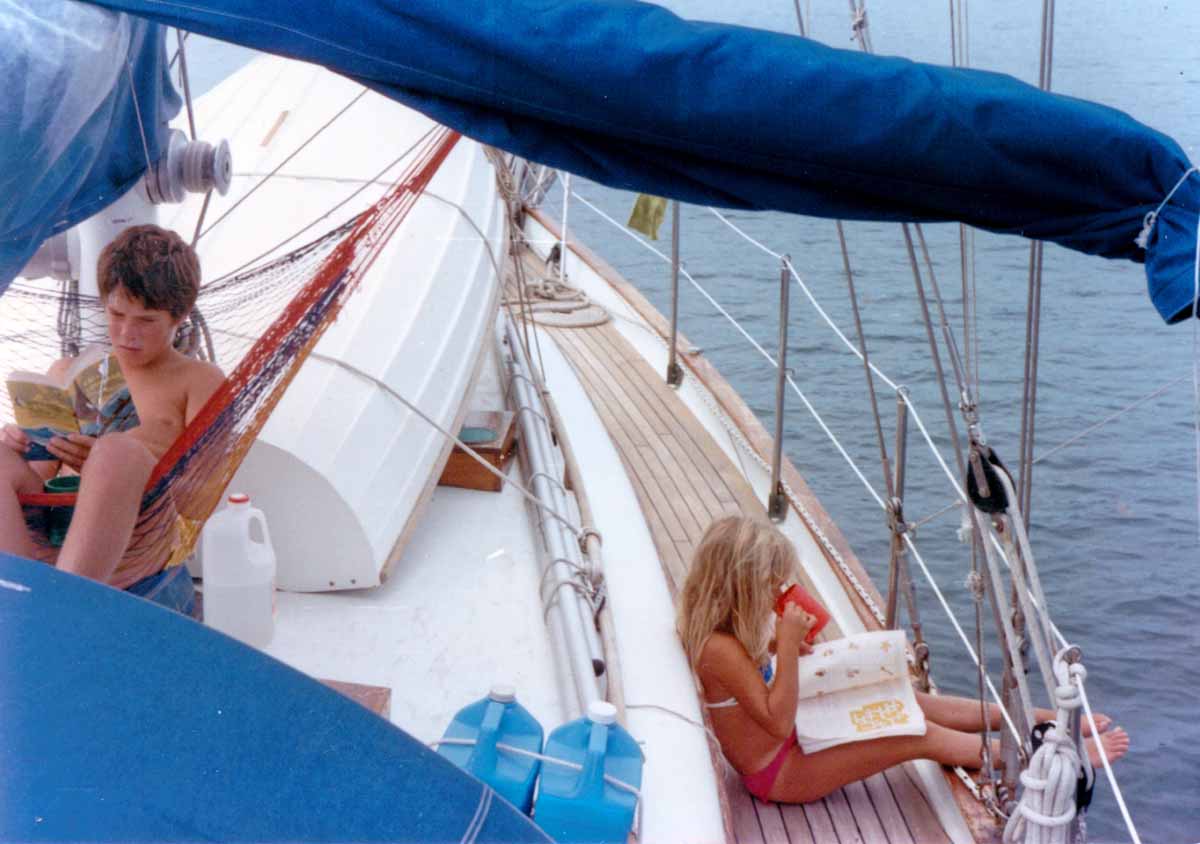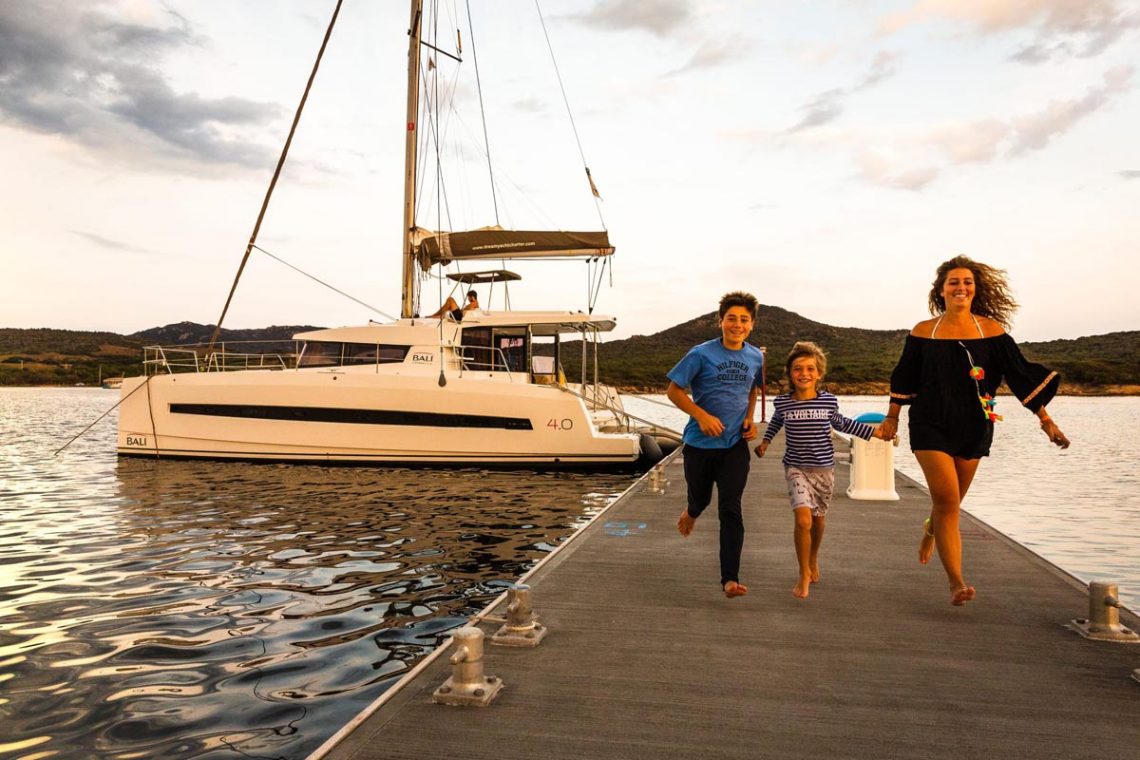
How to instil a love of sailing in our children and encourage them to go on sailing vacations
Nothing is more satisfying for a parent who is a sailor at heart and soul than passing on their love of sailing to their children. As long as the kids are young, it is simple to take them on day trips or summer sailing vacations. For children, life on board is like a game, and they quickly adjust to the tight spaces and slow pace of sailing. It becomes more complicated later in life when they are teenagers and may uncomfortably experience the contrast between the powerful feelings of freedom experienced by going to the sea and the feeling that they are “forced” to live with their families. After all, the same family dynamics and tensions exist on board as they do on land. The risk is that a tired and bored child will abandon everything and forget about sailing forever. What to do? Forcing children to do something they don’t want to do? Allow them to visit their friends’ sailboats during their vacations or invite them to their own sailboats, promoting a calm atmosphere and common interests?
Here are 8 techniques you can use to involve your children and teach them to appreciate and love life on board while preparing the boat and during sailing itself.
Discover the best boat rental offers
Reading books about sea adventures
All sailing enthusiasts are likely to have learned about the sea and the world of sailing as children by reading adventure books, pirate stories, and various classic works of children’s literature about maritime life. Many titles can take us back to a wonderful time in children’s literature: The Old Man and the Sea (Ernest Hemingway), 20,000 Miles Under the Sea (Jules Verne), The Mysterious Island (Jules Verne), Pirates on the Horizon (Ivan Sivec), How to Train Your Dragon Part 2 – How to Become a Pirate (Cressida Cowell), Pirates in the Afternoon (Mary Pope Osborne), The Spirit Ship (Dietlof Reiche) and many others. These books entertain children and teenagers while also introducing them to the marine world through detailed descriptions of journeys, navigation, legends, and aquatic animals. Because of this, it’s a good idea to introduce your children to the sea in this way, namely through books and other media like movies, audiobooks and videos on YouTube. These will be their first steps into exploring the sea and the opportunities it provides, bringing them closer to this world in such a unique and playful way.
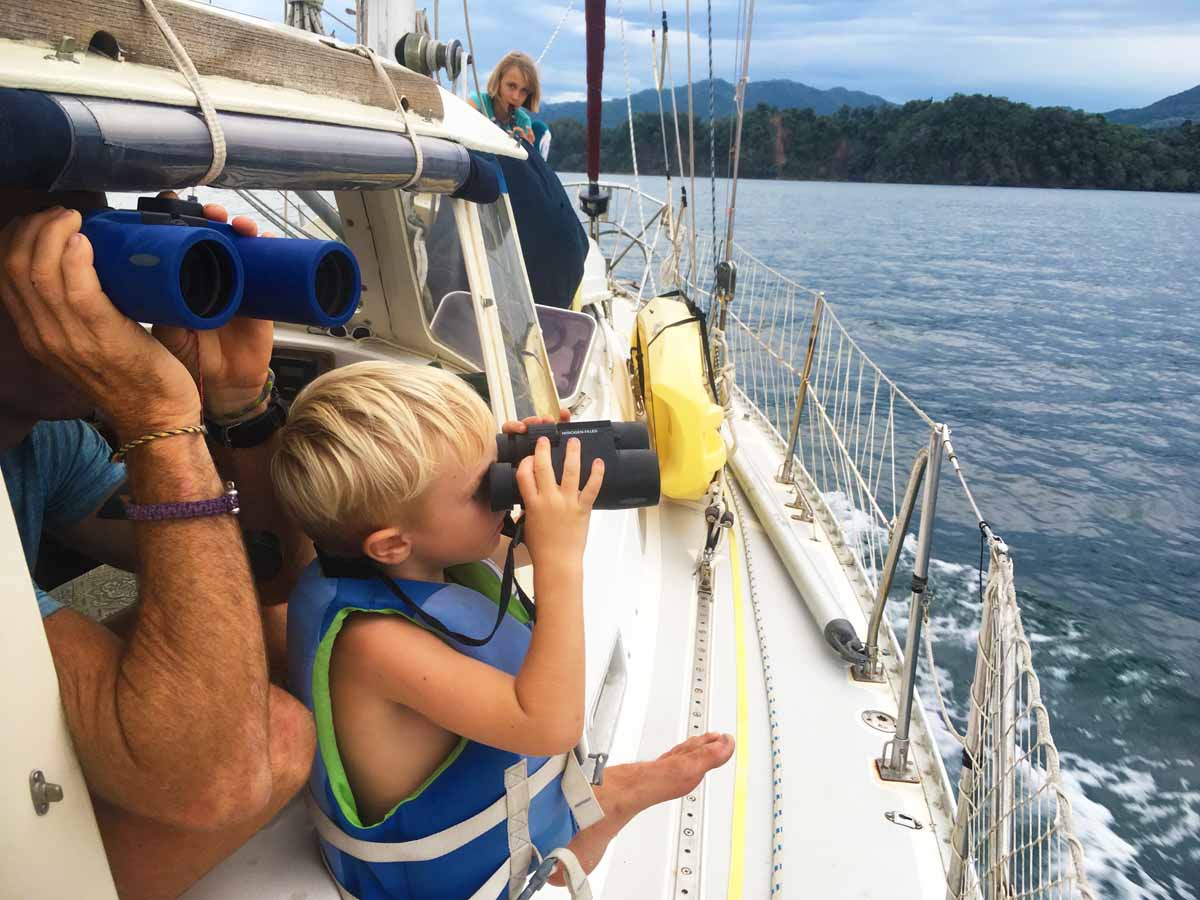
Include them in manoeuvres during the journey
A winning strategy for getting a child used to and in love with sailing is to immediately involve them in the art of sailing, while keeping limitations and safety in mind. Children enjoy participating in manoeuvres; simply explain to them what they need to do or demonstrate that they can repeat simple gestures: holding the rudder, tying small knots, observing the compass, setting the sail, and looking through the binoculars – these are all tasks that not only employ them on board, but also help them understand what is going on and how the sailboat works. At the same time, this is a method of introducing them to responsibility and increasing their self-confidence.
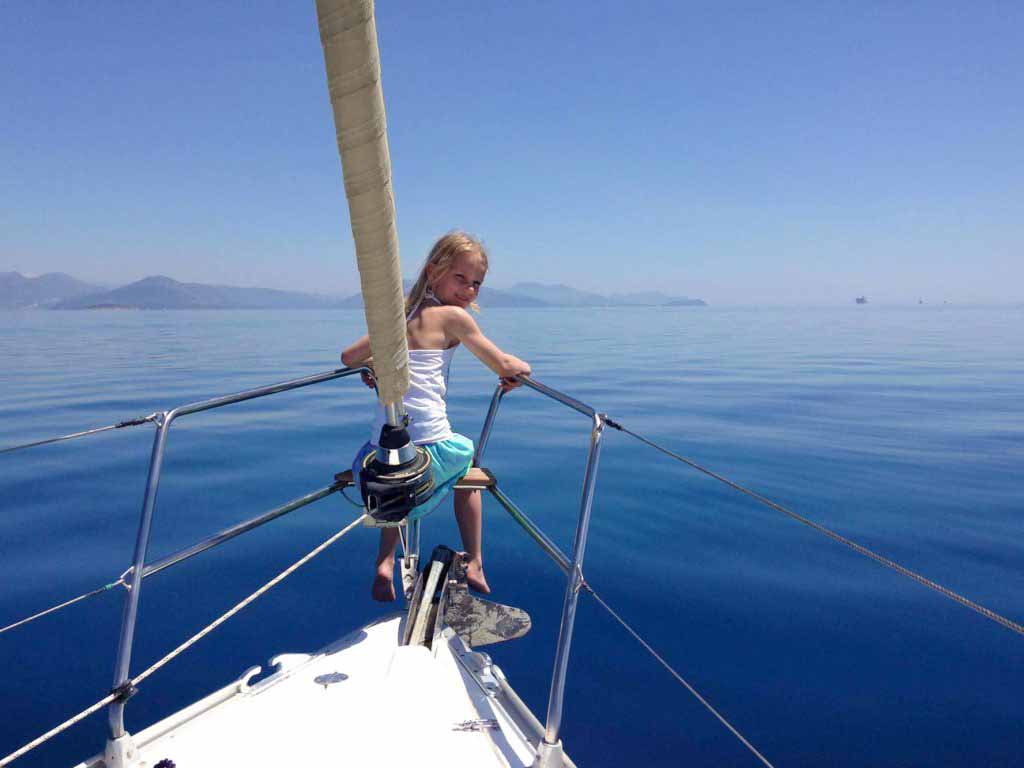
Organize their space on board
A sailboat is experienced differently by each child: as a spaceship, a floating house, or a castle with hidden corners – in short, they use it as their fantasy kingdom for play, but also as a place to rest and find a corner for themselves, away from the other family members. As a result, each child on a sailboat must have their own space both on and below deck. The parents are in charge of ensuring that all of the rooms are safe, and the children are in charge of decorating these rooms to their liking, including their own toys, clothes, and other accessories for their free time. They will create an environment in which they can draw, paint, take photos, or play with others or by themselves.
Discover the best boat rental offers
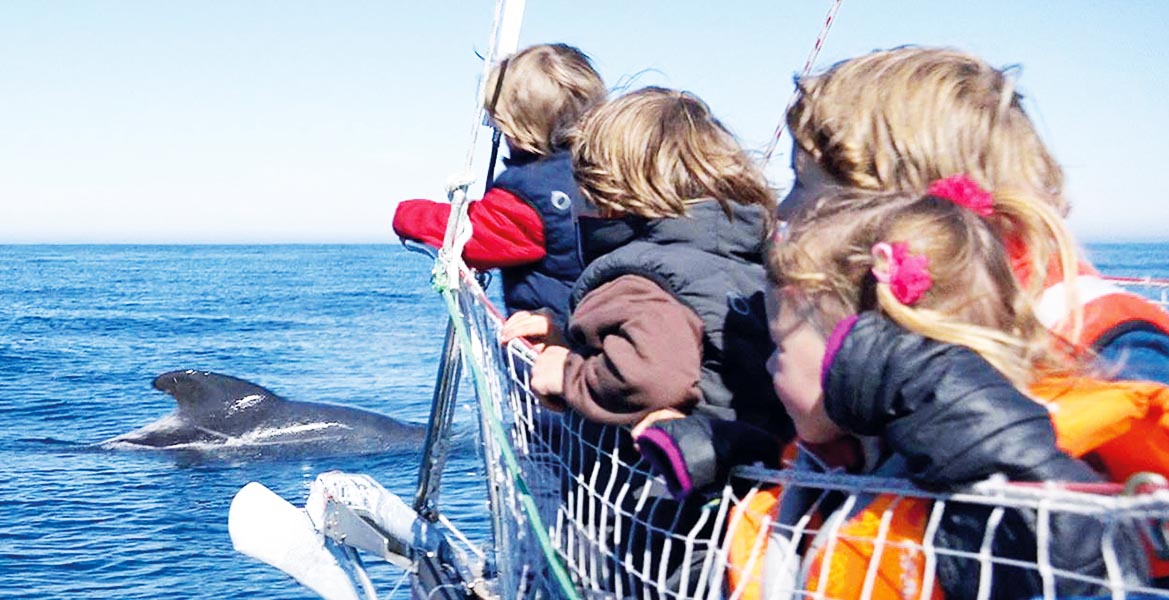
Let them help you with maintenance
Brief sailboat inspections and maintenance work can be a fun way to introduce the child to the world of sailing, explain what a certain tool is used for, how to use it, what the name of certain equipment on board is, and more. You don’t have to worry about technical objects because you can explain them using metaphors or name them with imaginative names inspired by animals, putting them in a childlike dimension where everything is connected to exploration and play.
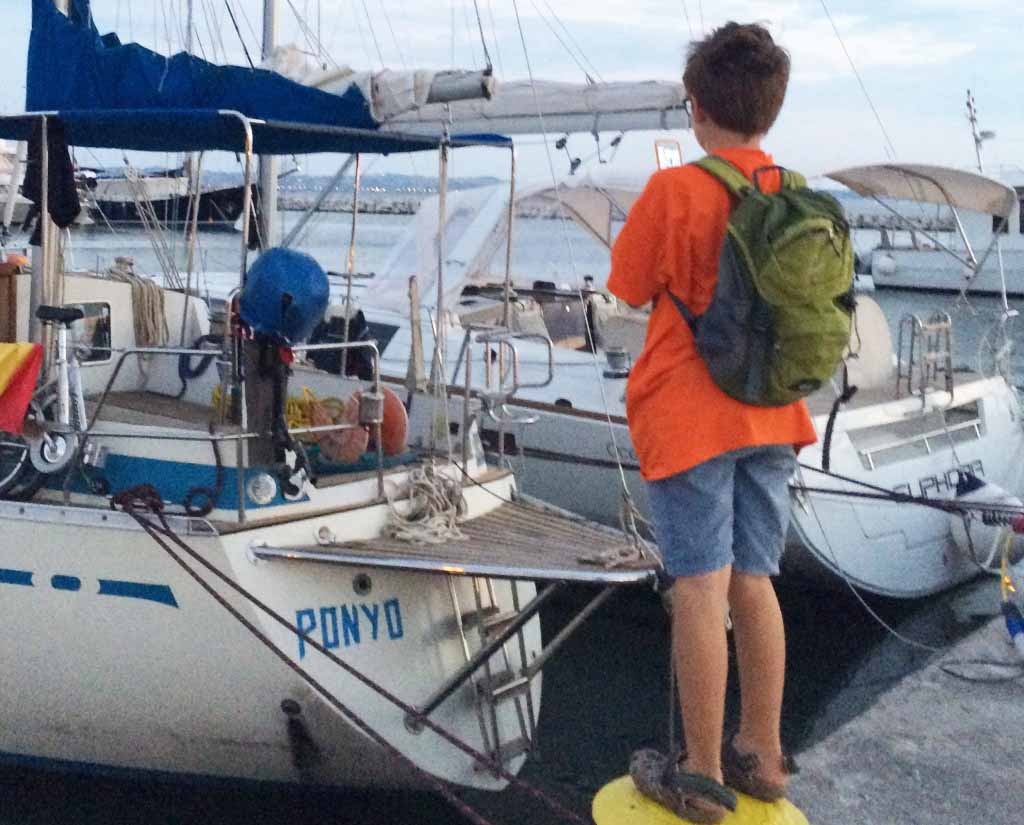
Cleaning the sailing boat can be the opportunity to play
As for maintenance, you can benefit from your child’s assistance with the smaller cleaning tasks on the sailboat. If you take a bucket and fill it with water and water the deck, it can be extremely interesting for the child because it gives them the impression that you are doing something forbidden together, even if it is actually necessary and very welcome work. Keeping rooms neat and clean is a responsibility that helps children grow and makes them appreciate things that are neatly put away and in their place even more.
Discover the best boat rental offers
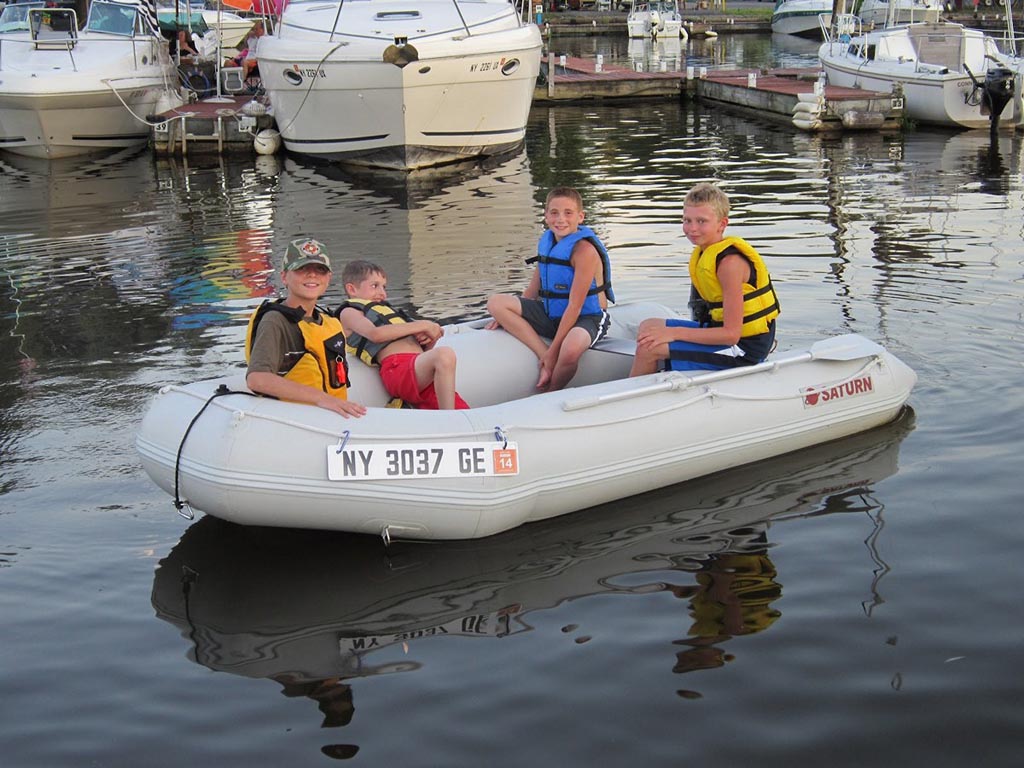
Fishing time: identifying fish
You can’t help but catch fish while sailing on a sailboat, and it’s even more fun and educational with children. This becomes an opportunity to put them to the test, discover what is hidden in the sea and on the seabed, learn the names of the fish, and possibly decide to release them when you catch them. But fishing isn’t just for boys. Girls can have just as much fun as their brothers and become fierce competitors.
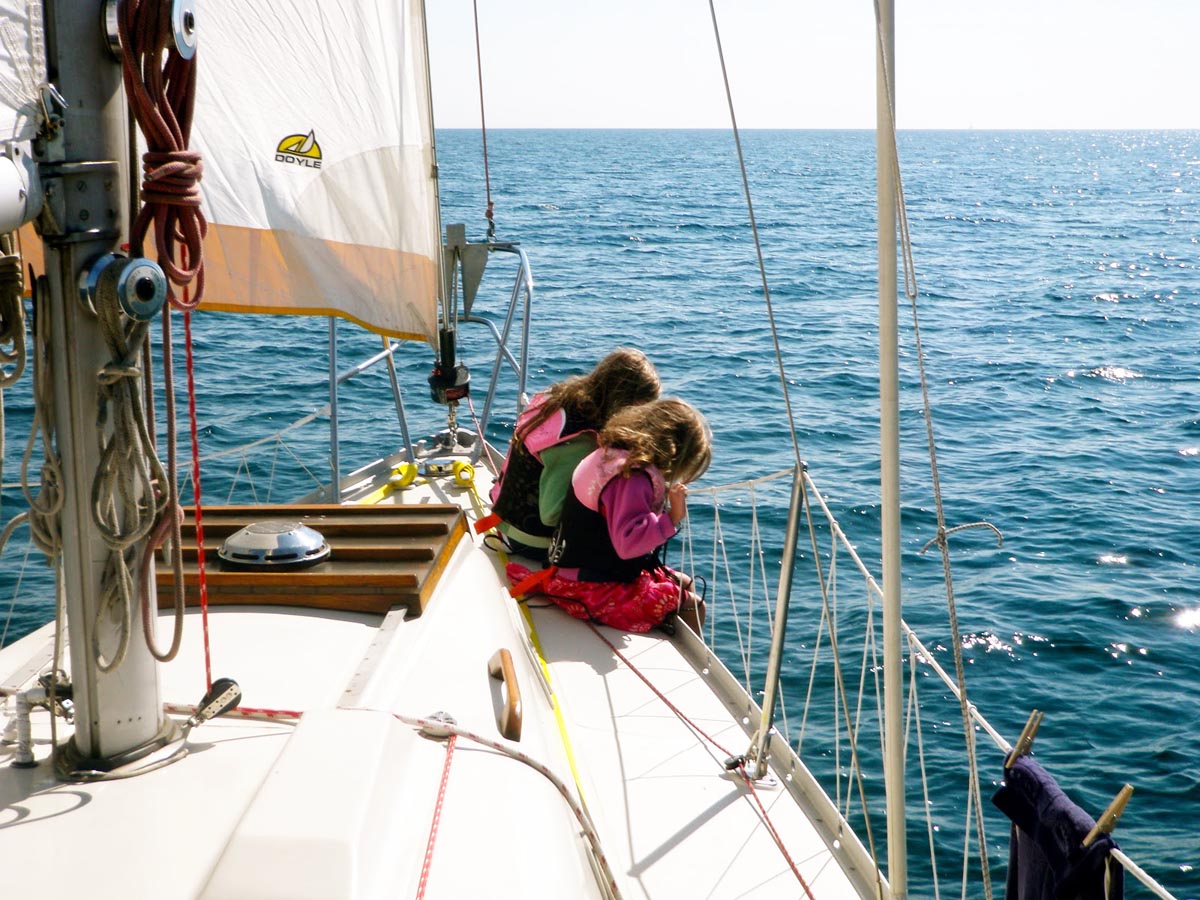
Keep an illustrated journal
Keeping a kind of personal sailing journal while sailing is a sophisticated way to instil in children a love of the sea and sailboats. Consider an interactive diary, in which you can record your thoughts, make small drawings, add stickers, report on sea flags, and record the names of places, plants, and animals you encountered while sailing.
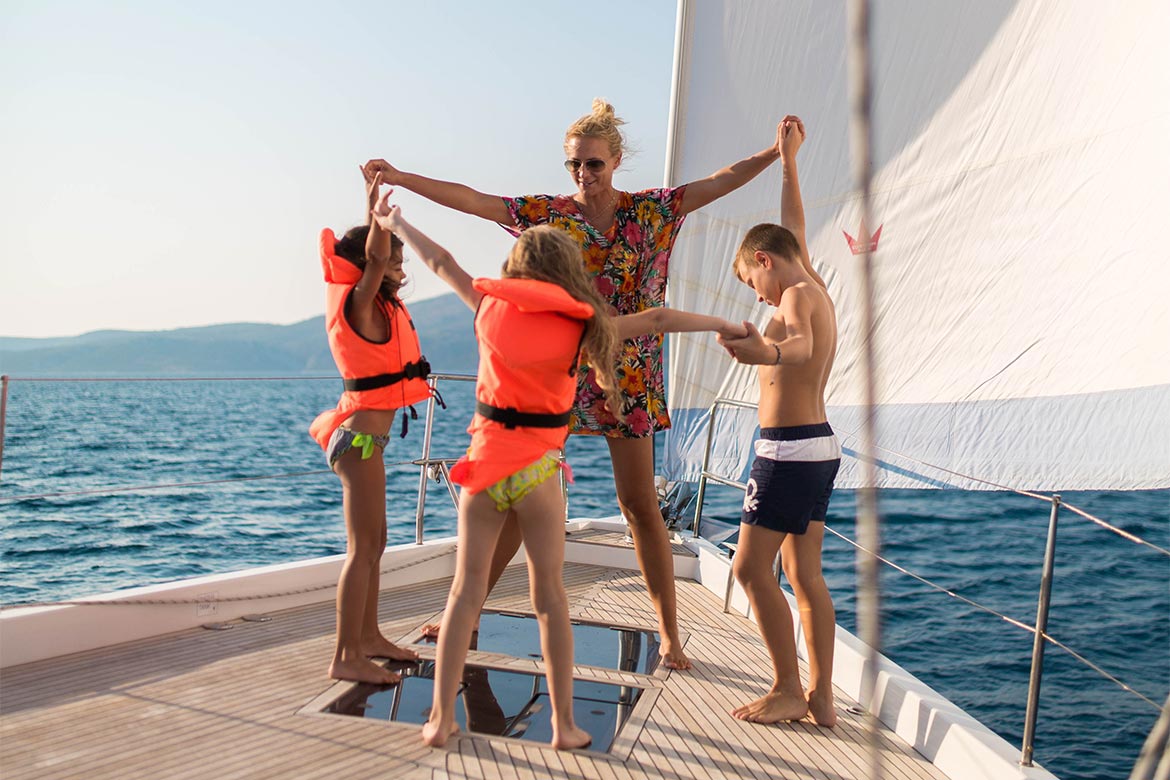
Ivite their friends on board
If your kids really don’t want to go on a sailing boat or a day trip with you, try this little trick: invite their best friends on board. In addition to having company, inventing games, and learning the art of sailing, your children will play the role of the main host, involving their friend in the manoeuvres, explaining how the equipment works, and organising stunts and games on the water. Their perspective on the time they spend on board can completely shift, and they may begin to appreciate spending their free time in such a way.
You May Also Like

How to anchor safely and enjoy the bays
28/03/2024
What will happen to nautical tourism now that Croatia has accepted the euro?
20/01/2023



